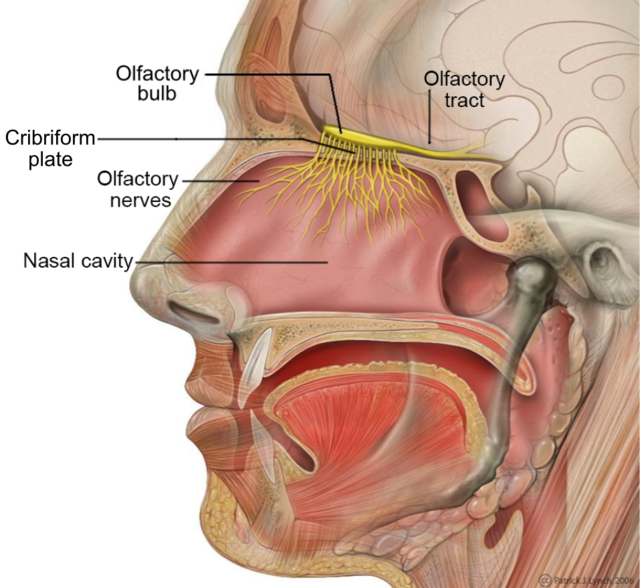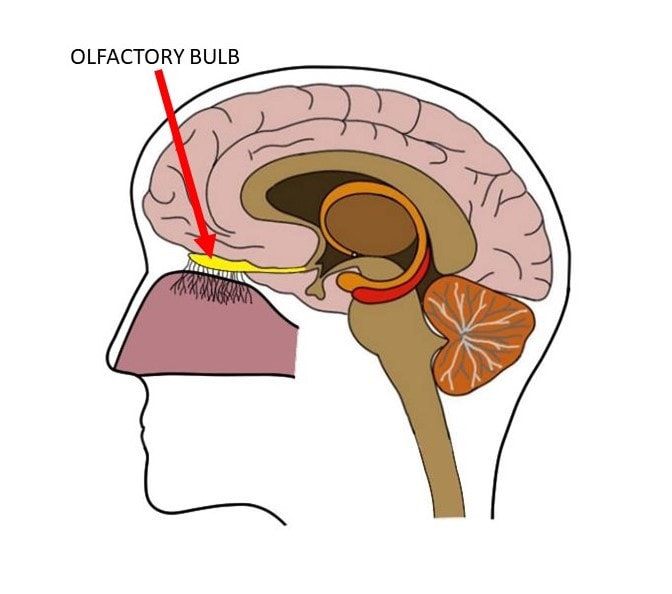Reference




Moonshot's Answer
Smell information is organized in the olfactory bulb and cortex through a complex process involving the detection of odor molecules, the transmission of this information to the brain, and the processing and interpretation of these signals. Here's a summary based on the search results:
-
Olfactory Sensory Neurons: These neurons detect a wide variety of odor molecules and send this information through their axons to the olfactory bulb 1.
-
Olfactory Bulb: The olfactory bulb is divided into two structures: the main olfactory bulb and the accessory olfactory bulb. It receives sensory input from the olfactory sensory neurons and sends its output directly to the olfactory cortex 3. In the olfactory bulb, related odors lead to more strongly clustered patterns of neural activity compared with patterns in the cortex 4.
-
Primary Olfactory Cortex: The primary olfactory cortex, which includes the anterior olfactory nucleus, tenia tecta, and piriform cortex, is involved in odor processing 2. The piriform cortex, located just behind the olfactory bulb, works to identify the smell 7.
-
Cortical Processing: In the cortex, odor responses reflect not only olfactory sensory neuron activity but also behavioral state, context, and current and past experiences 6. The lateral entorhinal cortex computes and transfers olfactory information from the olfactory bulb to the hippocampus and supports associative multimodal processing 14.
-
Neocortical Areas: Conscious smell includes the insula and the medial and lateral orbitofrontal cortex 13. The perception of flavor is a multisensory experience involving these areas.
-
Temporal Processing: The olfactory system uses the relative timing of neuronal activity in the olfactory bulb to convey odor information, and neural circuits in the olfactory bulb are involved in processing this information 11.
In summary, smell information is organized through a series of neural pathways starting from the detection of odor molecules by olfactory sensory neurons, through the olfactory bulb, and into various cortical areas for processing and perception. This organization allows for the complex interpretation of smells and their association with memories and behaviors.